Charlemagne Crown, Carolus Magnus
Posted on: July 26, 2011
- In: African Comb | Charlemagne | Creative Museum | crown | French Hair Comb | Napoleon
- 2 Comments
I believe Diana Scarisbrick put Charlemagne’s original crown on the cover of her book, Royal Jewels: From Charlemagne to the Romanovs

A Carolus Magnus-style crown was also made in 1804 for Napoleon’s coronation.

What I like about Napoleon’s version is that the design resembles a Dogon crown in The Creative Museum. Its theme is the honor of ancestors, as the chief sits atop and remembers.
The Dogon people live in the central plateau region of Mali, south of the Niger River in West Africa.
Heavily involved in the slave trade, the French had established strong presence on the West African coast as early as 1659. Their port was in St. Louis, or present-day Senegal. If you look on a map, Senegal is but a few miles away from Mopti, Mali, home of the Dogon.
Do the crowns allow us to connect the dots?
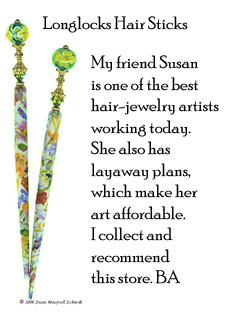
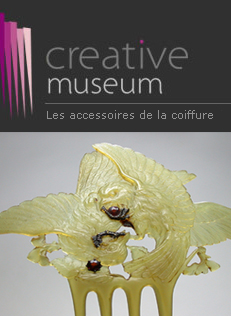
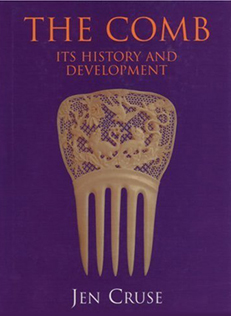
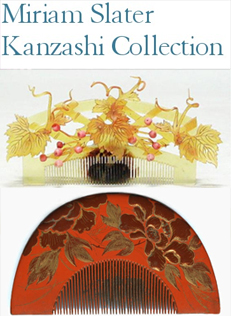
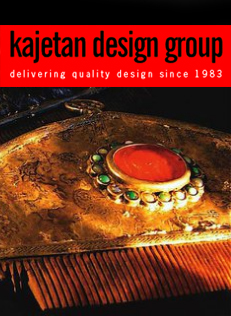
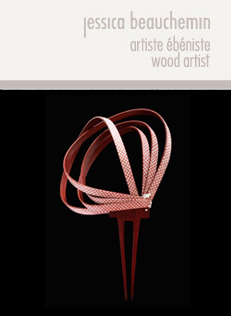
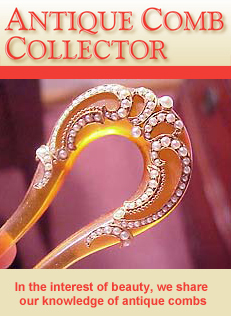
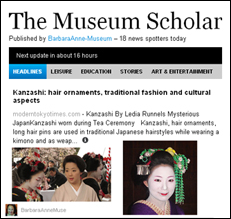
July 26, 2011 at 2:01 pm
Though those first two crowns are incredible works of the jeweler’s art, it is still that Dogon crown that is stunning in its emotional impact.
The depiction of such tender, vulnerable humanity moves you in a way, makes a connection, the other two do not. Incredible.